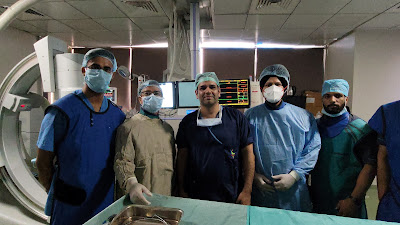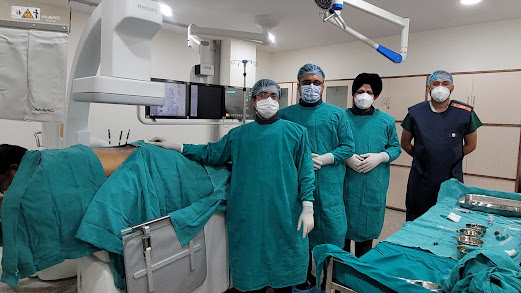Cervical Lymph Node Multiple Biopsies In An Adolescent

Cervical nodes that are swollen are rarely a symptom of malignancy. However, non-painful enlargement of one or more lymph nodes, particularly those in the neck, is a crucial warning sign of lymphoma, including Hodgkin lymphoma (HL) and non-Hodgkin lymphoma (NHL) (NHL) Lymph nodes swell when viruses, dangerous bacteria, and damaged cells are trapped inside, and lymphocytes, the white blood cells that fight infection, strive to eliminate them. Swollen lymph nodes, on the other hand, can be an indication of malignancy, including lymphoma, a type of blood cancer. An incision is made over the swollen lymph node, and the node is dissected out of its surrounds with care to tie off or cauterise veins and lymphatic channels linked to it while under general anaesthesia. After that, the lymph node is transported to the lab for examination. Many infectious, autoimmune, metabolic, and malignant diseases affect the lymph nodes, which are an important part of the body's immune system. The ...






